(ECNS) -- According to official statistics, since 2013, nearly 170 billion yuan ($233 million)has been invested in Northwest China's Xinjiang Uyghur Autonomous Region (including the Xinjiang Production and Construction Corps) and eighty percent of the funds were utilized at the county level and below for improving people's livelihood.
Tuan District, an old town of Hotan City in Xinjiang, used to be characterized by dilapidated houses, crowded alleys and power failure after rain. Since 2016, Beijing has invested over 150 million yuan (about$20.55million) to assist Xinjiang in its construction and renovation. Now, the District combines traditional residential styles with modern architecture ones, becoming a hot attraction.
“Our district has undergone a remarkable transformation, with the dilapidated houses transformed into garden-style residences. Storefronts were built on the first floor of our houses, which were beautiful and could make profits,”said local resident Amina. At present, over 3,000 households have benefited from the renovation.
In early 2018, 596 impoverished households were relocated to Hejia New Village. Each household not only received a comfortable 80-square-meter residence, but also was provided with a livestock pen and a greenhouse. This move allowed them to bid farewell to poverty.
“I once lived in an adobe house. My new house is made from bricks and concrete, equipped with natural gas. It is clean and convenient, no different from residential buildings in cities,” Ablimiti said.
Over the past decade, provinces and cities providing aid to Xinjiang have nurtured a range of industries with local characteristics and comparative advantages. These include distinctive agriculture and animal husbandry, agricultural product processing, ethnic handicrafts, rural tourism, and more. These efforts have significantly contributed to the high-quality development of Xinjiang's economy.
Besides industrial assistance to Xinjiang, groups of medical and healthcare personnel came here to share high-quality medical resources at community level. Medical difficulties caused by distance and expenses have been tackled.








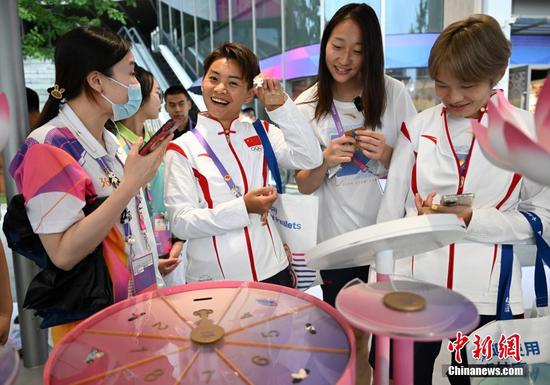


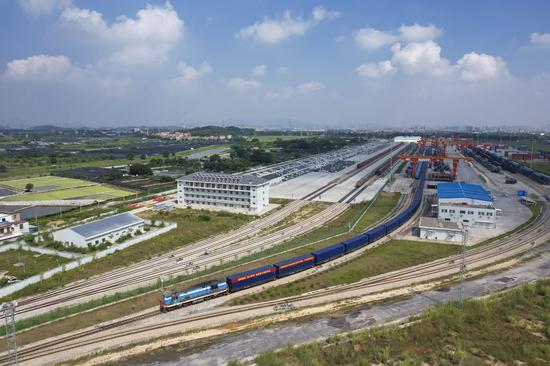



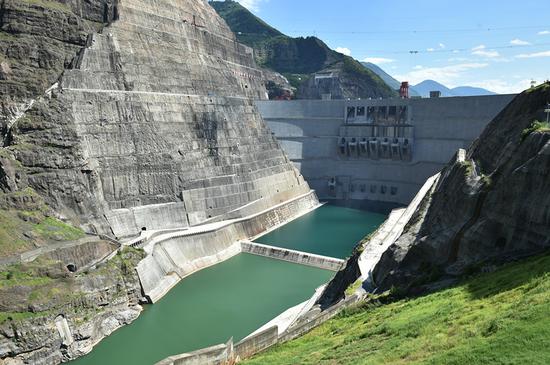
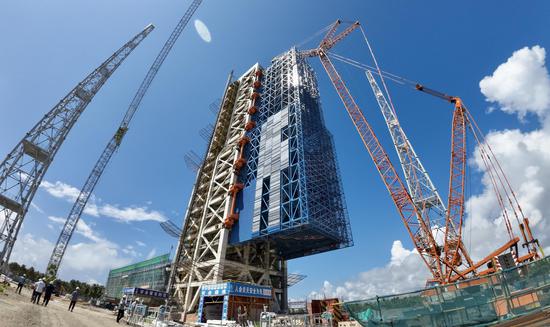
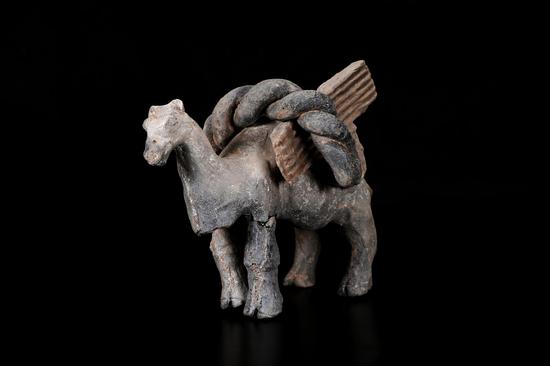





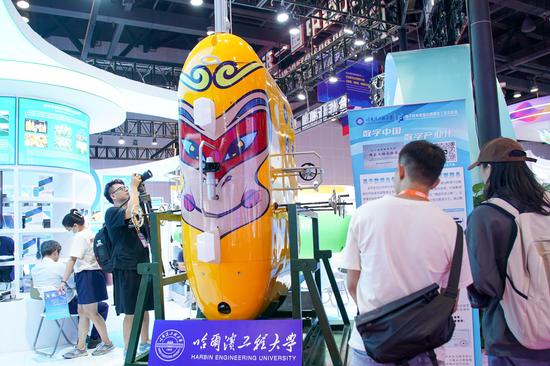

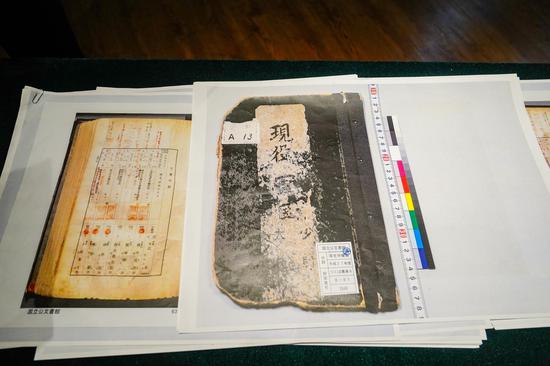

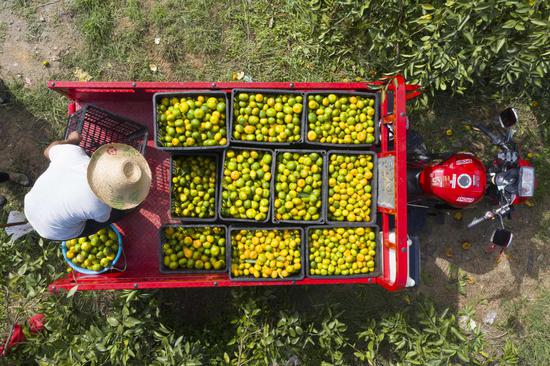

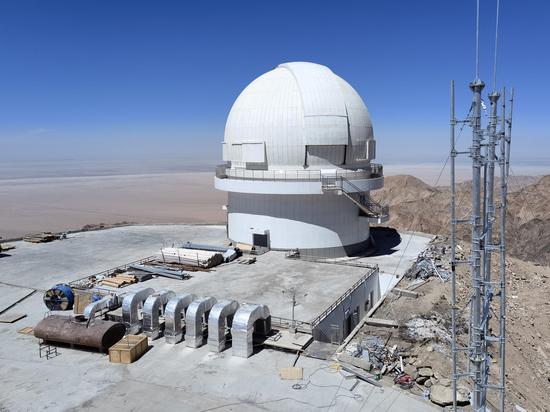
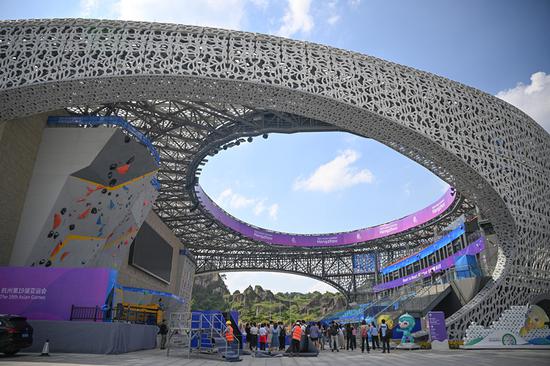

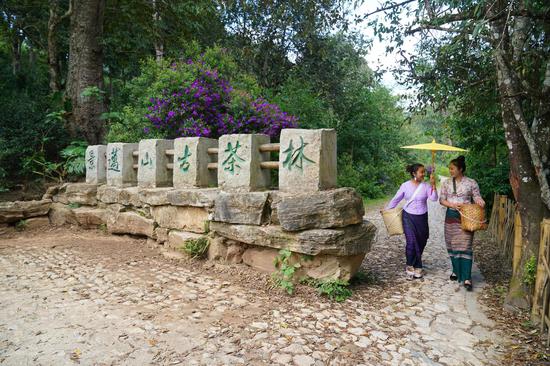


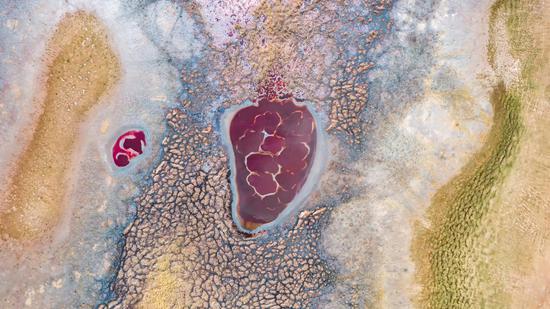

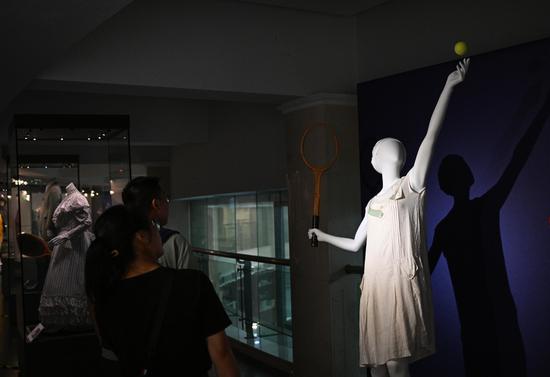
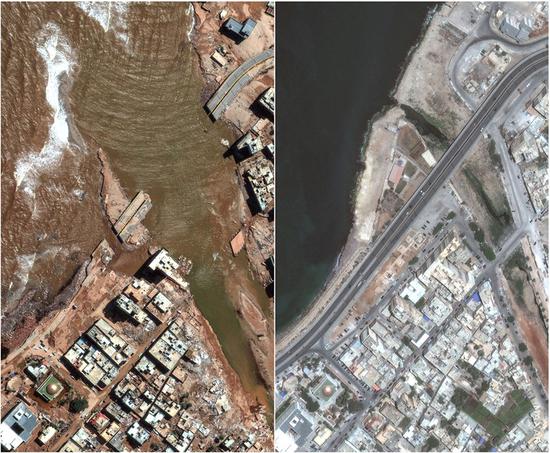
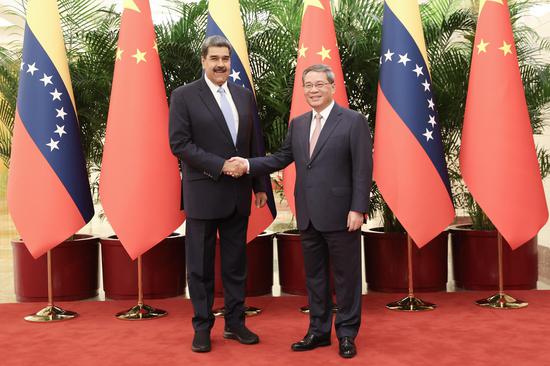
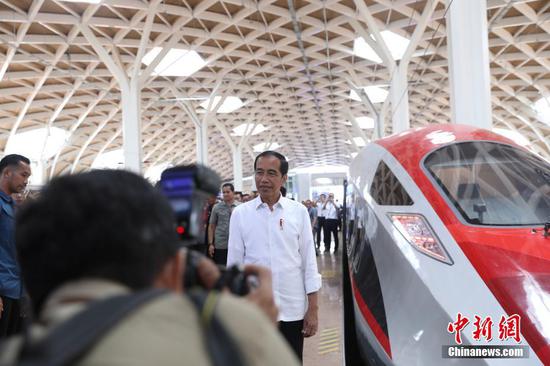
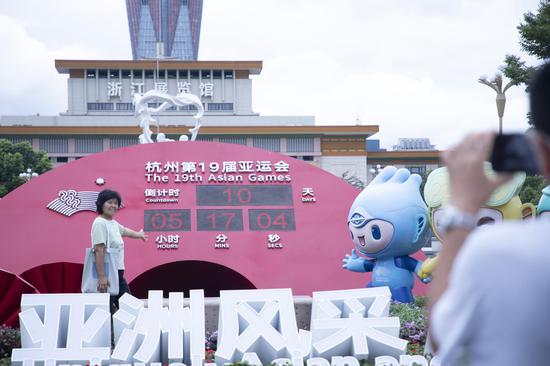
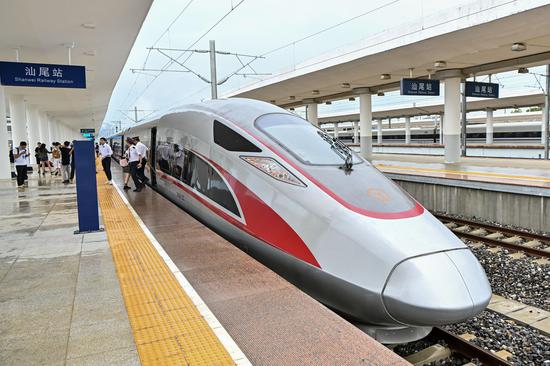
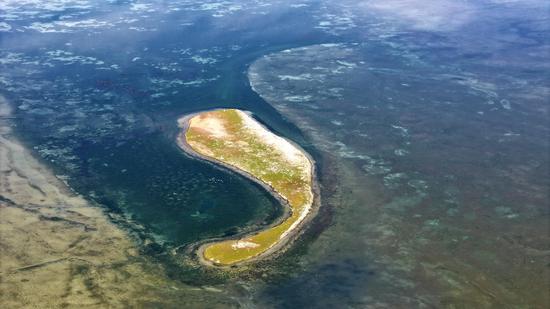




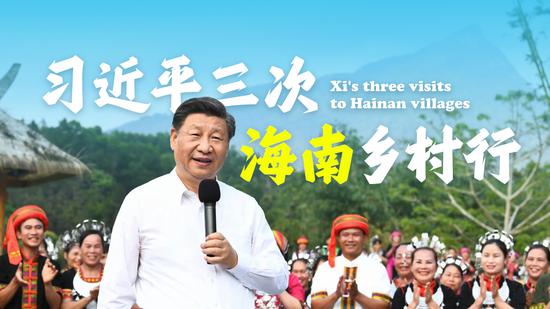

 京公网安备 11010202009201号
京公网安备 11010202009201号